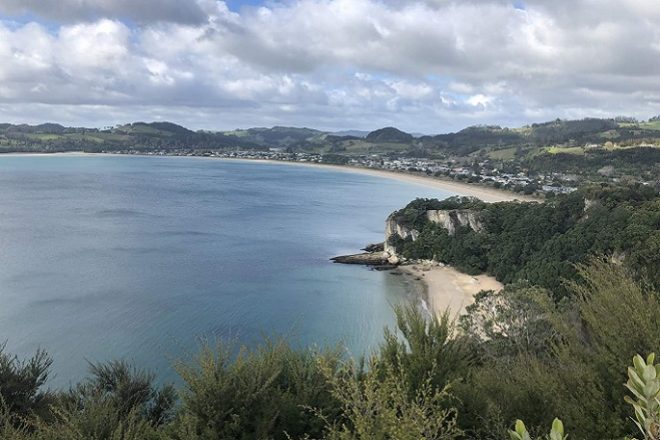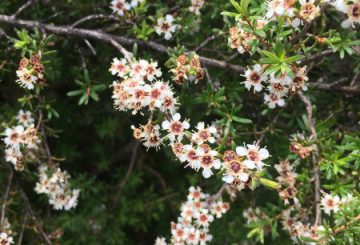海面上昇による洪水や高潮からテムズ川を守るための設計コンセプトの検討が始まりました。このプロジェクトは、10億ドル相当の資産が時間の経過とともにリスクにさらされる可能性があることが調査で明らかになった後に開始されました。コミュニティは、この脅威に適応するには保護が最善の方法であることに同意しています。
このプロジェクトは3年間続き、コロマンデルの海岸線全体のリスクを調査しました。現在、テムズ川の保護を最優先事項として、これらのリスクを管理するための対策がランク付けされています。テムズ川の保護活動を監督するガティ・マルとワイカト地域評議会の代表者で構成されるガバナンス・グループが結成されました。
ガバナンス・グループの議長を務めるテムズ・コロマンデル地区評議会のレン・ソルト市長は、「テムズ川は海面上昇による高潮や洪水の影響を特に受けやすく、町内の約10億ドルの資産が危険にさらされています。テムズは同地区の経済の中心地であり、コロマンデルのサービス、海事産業、医療、ビジネスインフラの大半を担っています。テムズ川が強靭で、将来の世代のために繁栄できるようにすることは、私たちの責任です。」
Royal HaskoningDHVは、今後100年間にわたって 1% AEPの暴風雨に見舞われても、沿岸の洪水から町を守るための段階的な設計オプションを開発する予定です。以前の調査では、多くの地域が低地にあるため、テムズ川を保護する上での主な課題は、あらゆる防御施設のコストと規模であることが示されました。
設計作業には、沿岸と河川の洪水が同時に発生する場合の完全な流体力学的モデリングと共同確率解析が含まれます。ガバナンス・グループは、あらゆる保護構造を他の雨水や河川管理業務と結びつけることの重要性を強調した。
2023-2024年の長期計画を通じて、設計作業および設計オプションに関するコミュニティ協議のための資金が配分されました。ただし、保護施設の建設資金はまだ決定されていません。レン・ソルト市長は、「私たちは大きなコストに直面することになるだろうが、リスクにさらされているものの価値と比較検討する必要がある。私たちは、単に問題がなくなることを期待するのではなく、これらの課題に直接取り組み、必要かつ革新的な取り組みを行っています。これは長期的なビジョンと行動計画です。」
デザインコンセプトに関するパブリックコンサルテーションは5月に予定されています。詳細については、同協議会の「海岸線管理経路」プロジェクトのウェブページをご覧ください。






























































